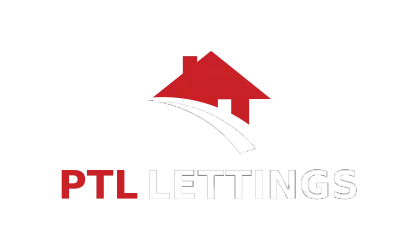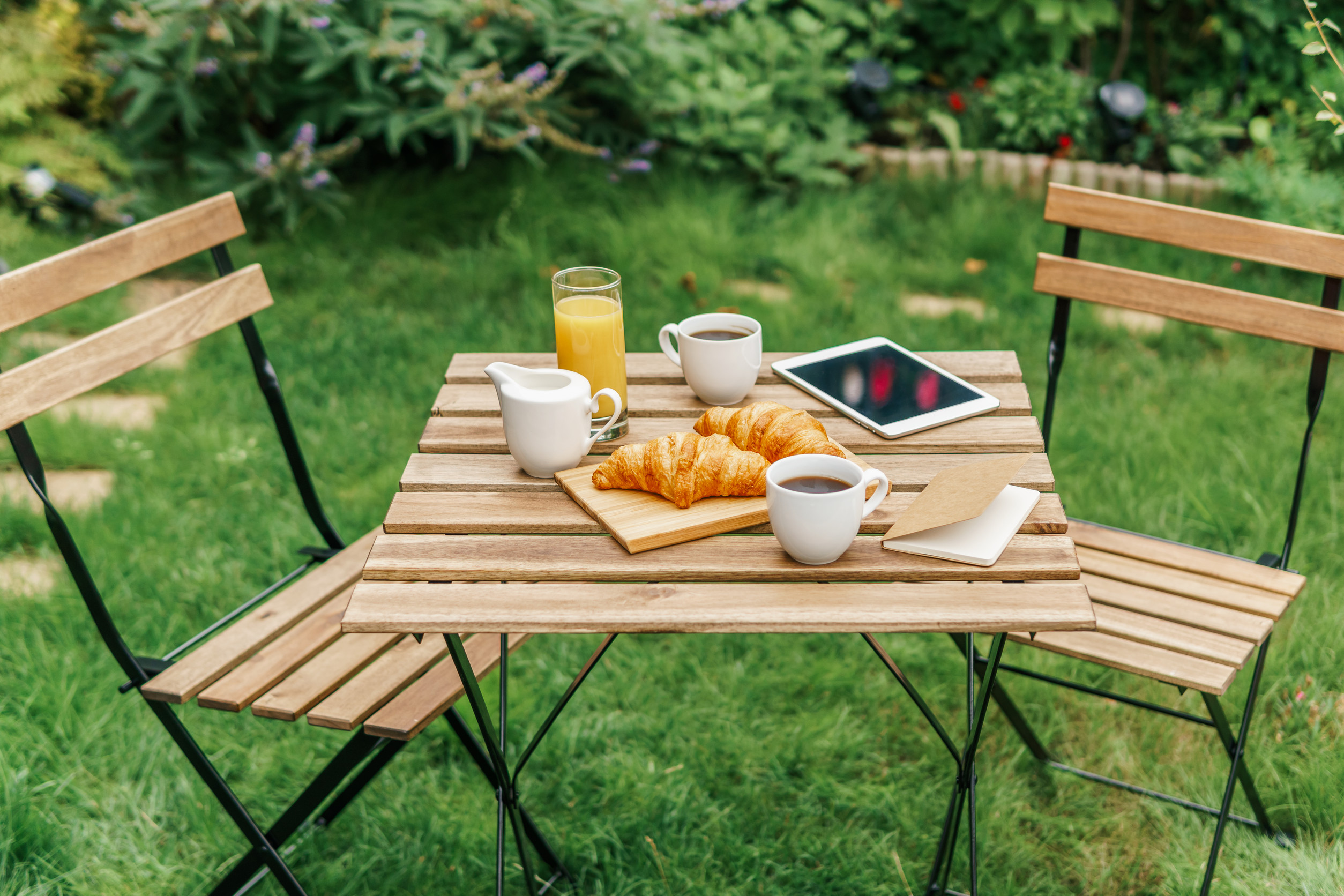buy-to-let
- Home
- Posts tagged"buy-to-let"
PTL Lettings
28 Aug 25
Does a Garden Add Value to a Buy-to-Let Property?
We are often asked, does a garden add value to a buy-to-let property? And the
PTL Lettings
27 Jun 24
A Guide to Purchasing a Buy-To-Let Property in Peterborough
If you’re considering Becoming A Landlord In Peterborough, there are many elements to consider and
Recent Posts
All Categories
Tags
advice for landlords
allowable expenses
assured tenancy agreement
AST
attract tenants
best tenants
buy-to-let
checklist
christmas tenancies
December
Diamond
festive tips for renters
garden
holding deposits
hybrid working
kerb appeal
landlords
lease extensions
legionaires disease
legionella
Letting
lettings
Luxury
Luxury Living
maintenance
marketing
new year rentals
noise complaints
pest control
preparing a rental property
property inventories
property maintenance
property management
remote working
rental
rental property
rentals
renting
renting to tenants with pets
tenancy agreement
tenancy deposit
tenants
void periods
winter rentals
work from home






